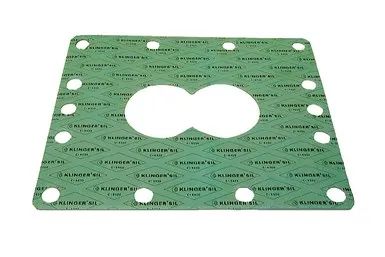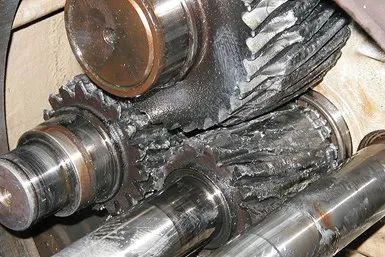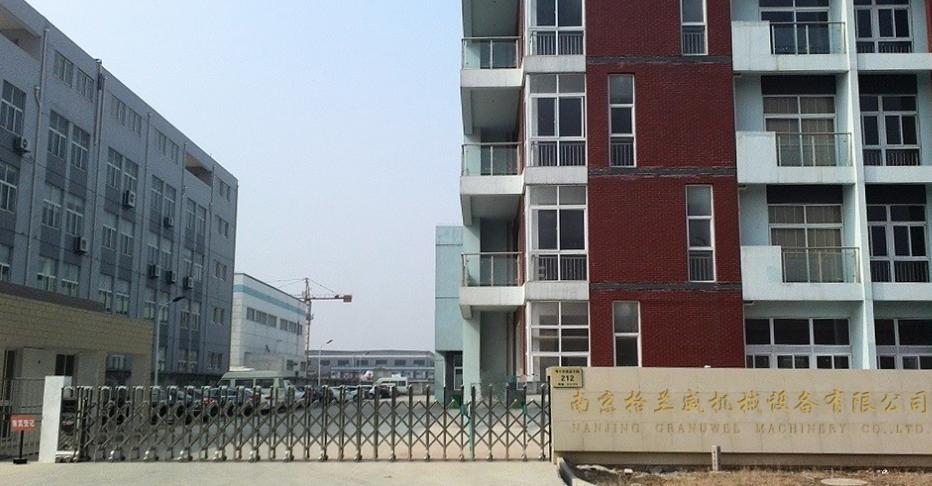Operators and factory engineers already know that there are many technologies that can improve the performance of twin-screw extruders. However, most of these methods are empirical word-of-mouth and do not appear in any equipment manual. They are generally not mentioned in textbooks and technical papers. But sometimes adjusting a few small details will have a great impact on the performance of the extruder. These techniques can be divided into three main categories: installation technology, machine maintenance, and user programs. This paper will be divided into two parts, which will introduce ten methods to improve the mixing performance of twin screws.
Índice
AlternarUse an insulating gasket
Most of the feed section is water-cooled. But because the barrel is bolted to the flange and then connected to the heated barrel part, the heat is constantly transferred from the hotter part to the colder part. As a result, the barrel 2 usually cannot keep the temperature high enough. In typical cases, the operator sets the temperature of barrel 2 to 180 ℃, but due to the heat loss of the feed barrel, the temperature will never exceed 135 ℃.

The simplest solution is to install an insulating washer between the feed barrel and the flange of barrel 2. These washers are usually 1 mm thick, and we recommend stacking the two washers together for better insulation. There will still be some heat conduction through threaded elements and screw shafts, but not as much as without insulation.
New extruders usually come with insulators, but many operators do not realize its importance and throw them away when removing the barrel. After a few years, the insulating gasket should be replaced because the material will degrade and break down.
Side feeding of powder
Side feed is widely used to feed packing into twin-screw extruder. Many processors require very high fillers, which are usually low bulk density (fluffy) materials. The achievable limit load is usually limited by two parameters:
Volume capacity of side packing and main extruder screw
The volume capacity is based on the free volume of the twin screws of the side feeder and the main extruder screw, as well as the rotational speed of the two screw groups. If the material can be fed into the conveying section by removing the side feeder of the bolt from the extruder, it may be easy to feed the high-speed material.
However, when the filler is connected to the extruder, the capacity is usually limited by the amount of material acceptable to the main extruder screw. Therefore, the main extruder screw is best combined with long pitch (long thread forward) thread elements in the filler position, extending from 2D to 4D downstream of the filler.
This is to keep the melt in the extruder moving forward quickly to allow the maximum free volume for filler entry. If the screw design causes “blockage” of any material downstream of the filler, it will seriously limit the amount of filling that can be fed.
The exhaust capacity that allows air to escape from the extruder
The purpose of exhaust is to make the air escape easily and to prevent the loss of a large amount of packing from the exhaust outlet. The best configuration is to set the top vent of the barrel immediately upstream of the side filler. Sometimes a small half-slot ventilation plug-in can be used at the top of the side fill. Here are some other factors to consider:
Feeder drop height
ideally, the feeder should be as close to the top of the side feed port as possible to minimize the drop. If the fluffy material is allowed to fall from the air, it will inflate to the point where the bulk density decreases significantly. This will limit the throughput of the entire production line.
Feeder stirring type
Ensure that the agitator in the filler feeder does not inflate the material and reduce the volume density. Many feeder manufacturers have special powder mixer designs.
Ensure that the packing bucket is ventilated
Together with the packing, the packing also introduces a large amount of air into the extruder. The top of the opening in the side filling slot will be responsible for ventilation. If you see a sturdy cover on the chute with a short round tube and a flexible connector connected to the feeder, it is important to have another vent.
Ground all hoppers / chutes to discharge static electricity
some materials produce static electricity due to friction. The electrostatic charge will cause the powder to adhere to the inner surface of the hopper and chute, resulting in caking and other problems. A simple solution is to connect the ground wire from the chute to a known good grounding point on the rack.
Compressed air injector
If caking persists, sometimes a special solution is required. The hopper vibrator can be used, but it is difficult to determine the size and installation. Another option is “blaster” with jet nozzles, which are cleverly placed in the chute wall to break any caking before it becomes too big.
The air nozzle is connected to the solenoid valve, which is activated by a repetitive cycle timer. This allows you to set the dwell time between the spray cycle and the spray. It is best to install a small gas tank upstream of the solenoid valve to provide sharp air pulses.
High pressure water pump
It is well known that turbulence in pipes can cause greater heat transfer than from pipe walls and laminar flows. The laminar flow phenomenon occurs at a low fluid velocity caused by low pressure transport. In the case of laminar flow, a stable boundary layer is formed, just like the insulator between the mainstream body flow and the pipe wall. The fluid “layer” slides on adjacent layers, does not mix and does not take away too much heat.
In the turbulence caused by high pressure transport, there is a high degree of lateral momentum exchange, which destroys the boundary layer. As a result, intense fluid motion results in much greater heat transfer from the pipe wall to the fluid.The easiest way to cause turbulence in the barrel cooling hole is to increase the conveying pressure. The supply pressure of the extruder cooling recirculation system is usually 20 to 60psi. In order to achieve turbulence, the pressure of about 120psi is needed.
This can be achieved relatively easily by changing the pump in the recirculation system to a high-pressure type. Almost all extruder cooling system components (hoses and valves) are rated at least 150psi, so 120psi still has a certain safety factor. In the process of highly exothermic heat, the advantages will be immediately apparent, usually greatly reducing or even eliminating temperature coverage. Another advantage of turbulence is that it can prevent the cooling hole from scaling.
Acid flushing cooling hole
The barrel of the water-cooled extruder is a heat exchanger and, like all other heat exchangers, the coolant hole is fouled by scaling. Most operators notice that the cooling performance of the new extruder is much better than that of the extruder after three or four years of operation. This is because the new extruder barrel has a smooth, shiny, newly drilled cooling hole. The hole of the old machine is lined with a layer of hard shell mineral deposits, which acts as an insulator.
If left unchecked, scale accumulation will lead to more serious problems. Eventually, the cooling hole may be completely blocked, so the flow is zero. If this happens, the only solution is to remove the barrel from the extruder and drill all the cooling holes-a time-consuming process. Therefore, just as acid is used to remove scale from household water heaters, the cooling holes can be pickled regularly.
Use synthetic gear oil
The gearbox is the heart of the twin screw extruder. If it is damaged, it will be expensive to repair and may take a long time. Everyone can easily do one thing to avoid gearbox problems: switch to synthetic gear oil. Synthetic oil is a great advance in lubrication technology:
- It is more “slippery” and can reduce friction.
- Make the service life of gears, bearings and seals longer.
- The gearbox runs cooler and quieter.
- Synthetic oil will not lose its viscosity due to mechanical shearing.
- It maintains high viscosity at high temperature.
- It improves the overall efficiency of the gearbox.

Sobre nós
A Nanjing Granuwel Machinery CO., LTD é especializada em P&D, design e fabricação de extrusoras de alto polímero. Nossa equipe de profissionais de extrusão de alto nível fornece a extrusora certa para sua aplicação exata.

Possuímos excelente capacidade de inovação e desenvolvimento de produtos e desejamos fornecer os melhores produtos para nossos clientes por meio da melhoria da estrutura do equipamento e da redução do consumo de energia do equipamento por meio de nossas experiências práticas e inovação técnica.
Para qualquer dúvida ou consulta, sinta-se à vontade para entrar em contato conosco!!!
Telefone: +86-25-86199956
Celular: +86-13813371123
Rede: https://toolant.net
